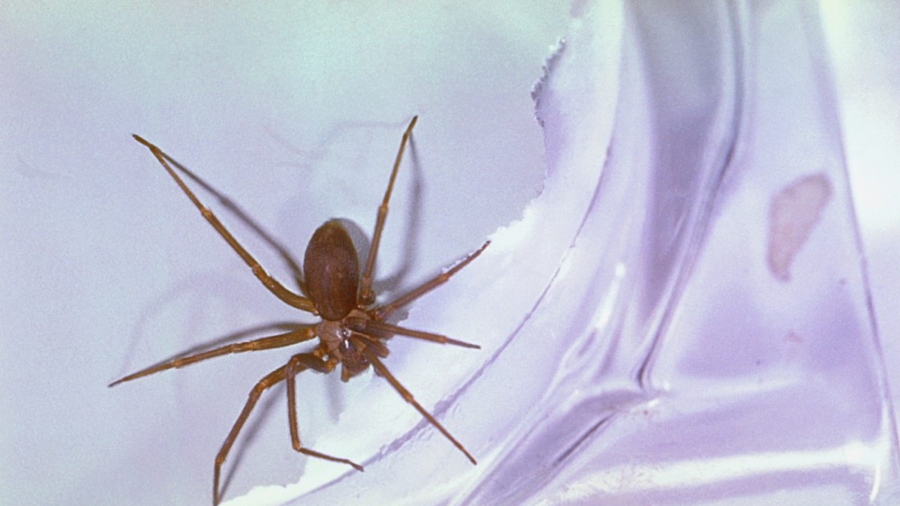A woman in Missouri went to see a doctor because she thought she had water in her ear, but it turned out to be a venomous spider.
“I woke up Tuesday morning hearing a bunch of swooshing and water in my left ear,” Susie Torres of Kansas City told WWSB.
Torres said she went to the Clay Platte Family Medical Clinic in Northland on Aug. 20, expecting to have water removed from her ear, but instead was told by a medical assistant that there was a brown recluse spider inside her ear—which are poisonous.
“She ran out and said I’m going to get a couple more people,” the woman told the news outlet. “She said, ‘I think you have an insect in there.'”
Torres said she didn’t immediately panic because she “didn’t know exactly what it was,” until the medical assistant came back and told her it was a spider.
“They had a few tools and they worked their magic and got it out,” she told WWSB. Torres said medical staff told her she was lucky she didn’t get bitten by the venomous insect. “She said she looked, and I looked okay, and I was lucky I didn’t get bitten by this recluse,” added Torres.
Now she’s wondering how the spider ended up in her ear. “Just, why? Where? What and how?,” she said, adding she never thought spiders would crawl into open parts of the body.
Torres said she’s protecting her ears with balls of cotton until she gets earplugs, adding that she’s “pretty terrified of spiders.”

Brown recluse spider, also known as the violin spider, “cannot bite humans without some form of counter pressure, for example, through unintentional contact that traps the spider against the skin,” according to the Centers for Disease Control and Prevention.
“Bites may cause a stinging sensation with localized pain. A small white blister usually develops at the site of the bite. The venom of a brown recluse can cause a severe lesion by destroying skin tissue (skin necrosis). This skin lesion will require professional medical attention.”
The brown recluse spider is one of two venomous spiders indigenous to the United States and most commonly found in the midwest and south. The agency describes the spider as brown, with six eyes of equal size—unlike most spiders which have eight eyes, and “with a characteristic dark violin-shaped (or fiddle-shaped) marking on its head.”
These venomous spiders are most often found in secluded, dry, sheltered areas or in piles of rocks or leaves.
If indoors, they’re most often found in dark closets, shoes, or attics, the agency states on its website.

Grandmother Finds Tarantula in Bundle of Grapes
A grandmother in England said she found a tarantula in a box of grapes she was about to feed to her grandchildren.
Gillian Chivers, 63, said she was about to feed a bundle of freshly purchased grapes to her grandchildren, 8-year-old Libby and 5-year-old Rowan, when a tarantula suddenly “crawled out toward her from the center of the bunch,” Mirror reported earlier this year.
“I absolutely hate spiders, so I shouted to my husband who was in the other room,” Chivers, who is from Newark-on-Trent, Nottinghamshire, said.
Chiver’s husband, Tony, killed the black and orange arachnid which was about 3 inches long.
“She got the shock of her life that’s for sure. She said it was the stuff of nightmares,” Chiver’s daughter Helen Mathers said.
“My mum usually buys the grapes and washes them before giving them to my kids, but as she went to do so it just crawled out towards her from the center of the bunch,” Mathers, 34, said.
Gran finds huge tarantula in a box of grapes she buys from Morrisonshttps://t.co/hqIPqxJjPN pic.twitter.com/MTHe4K24nP
— Daily Mirror (@DailyMirror) June 12, 2019
The spider was later identified by Dr. Sara Goodacre, a professor at the School of Life Sciences at the University of Nottingham, as a baby mygalomorph tarantula, which is native to Chile. It’s unknown how the spider traveled, and survived, the 7,500-mile journey from Chile to Newark.

